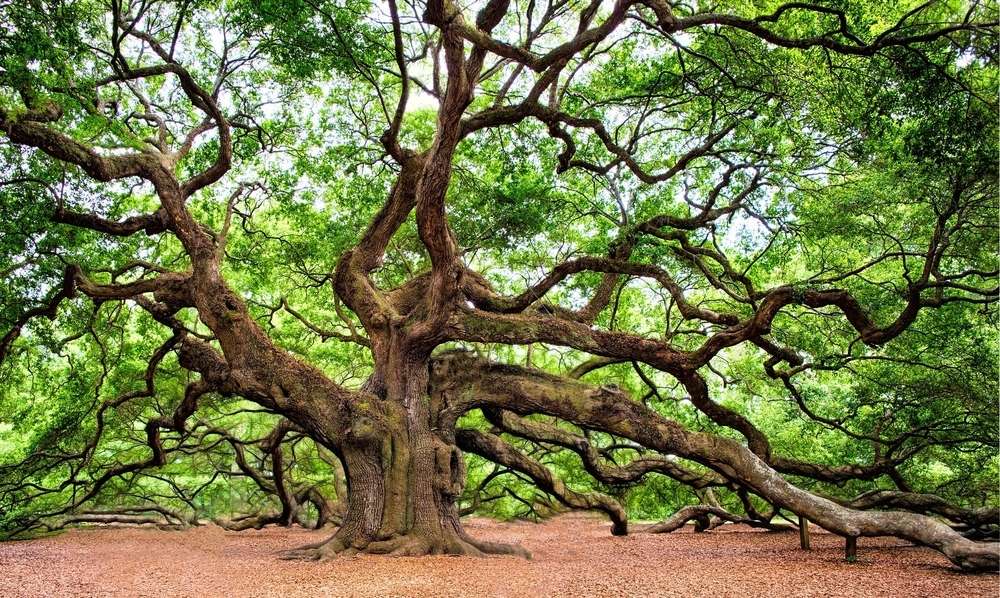
Having walked through redwood forests, I experienced the ancient spirit of these trees as their scent and presence wafted gently around me. I felt secure and grounded knowing their roots were embedded deep within Mother Earth, pathways enabling trees to communicate and share in a “wood wide web.” Redwoods can live as long as 2,000 years while the oldest tree on the planet is a spruce that is 9,500 years old.
I always have resonated with the tree’s stately stature and graceful, extending branches with shapely leaves, beautiful foliage and fragrant fruit. Having to cut down a hundred-year-old Chinese Elm to make room for a home remodel caused me great sadness and I finally felt consoled when we decided to use much of it for firewood to warm our home as well as cut a sizable stump to use as a side table, a constant presence of our old friend. Who isn’t moved by Shel Silverstein’s “The Giving Tree,” showing the variety of uses and relationship to humankind over its lifetime, from protection to nourishment, comfort to play, beauty to life-giving oxygen, and even practical usage as paper, pencils and furniture. The tree, an expression of the Divine’s gift of nature, looms large in our lives and has become an important image in Judaism.
The 15th of Shevat, Tu B’Shevat, is the holiday that celebrates the tree’s importance and value in our lives. Torah introduces the tree as a symbol of wisdom, life and death. It reminds us of the reward of “… grapes, figs, pomegranates, olives and dates” if we keep the commandments, while the Tanakh likens the human to “a cedar in Lebanon … bearing fruit even in old age” and Torah as an Etz Chayim, “She is a tree of life …”
The holiday is first mentioned in the Talmud as the “New Year for trees.” Its historic purpose was for tithing fruit to support the priests and the poor. After the destruction of the Temple, this practice was discontinued, turning into a celebration that would continue our awareness of the trees’ importance and our ecological relationship with all of creation. Torah commands, “When waging war … do not destroy (fruit-bearing) trees,” which evolved into the generalized law of bal tashchit, “do not destroy,” prohibiting wasteful destruction. The tree is not only an archetype of values but expands the awareness of our relationship to creation and our moral responsibility for it.
On Feb. 10, be mindful of the “giving” tree — its glorious beauty and sustaining bounty, its central place in our tradition, its symbol as Torah and wisdom.
On another level, the tree becomes an innovative construct for the mystics. Kabbalah views the tree as a model of psycho-spiritual expression. In a “holy” different description of creation, Rabbi Isaac Luria, a 16th-century kabbalist, describes God contracting in order to make room for creation, then emanating into the empty space 10 Divine expressions. This model, the Etz Chayim, becomes each one of us, a tree of life, reflecting Divine presence through our engagement in the world. Giving each person a new way to identify with the Divine, it is described with roots in heaven, trunk connecting to the Earth, and foliage and fruit flourishing in physicality. A reverse image, it connects the upper and lower worlds, the Divine and the human.
Attempting to draw a more intimate connection to this holiday, the kabbalists created a ceremony, a ritualized meal, using the produce of trees associated with the land of Israel — nuts and fruit — as well as reading selected texts and drinking four cups of wine representing four levels of existence and the four-letter name (yud-hay-vav-hay) of God. Like the Passover seder, it is an attempt to share in community, awakening each of us to a sense of gratitude for the gifts of the Divine, the blessing of nurturing and healing. This “seder,” has evolved, reflecting contemporary concerns for climate change and its impact on our beloved forests and assuring their longevity.
Tu B’Shevat enables us to identify with one of the most sacred of creations, the tree, and its life-giving gifts. On Feb. 10, be mindful of the “giving” tree — its glorious beauty and sustaining bounty, its central place in our tradition, its symbol as Torah and wisdom, its moral lessons and spiritual awakening, and its comforting presence in moments of disease. “S/He is like a tree planted by water … whose foliage never fades.”
Eva Robbins is a rabbi, cantor and author of “Spiritual Surgery, Journey of Healing Mind, Body and Spirit.”










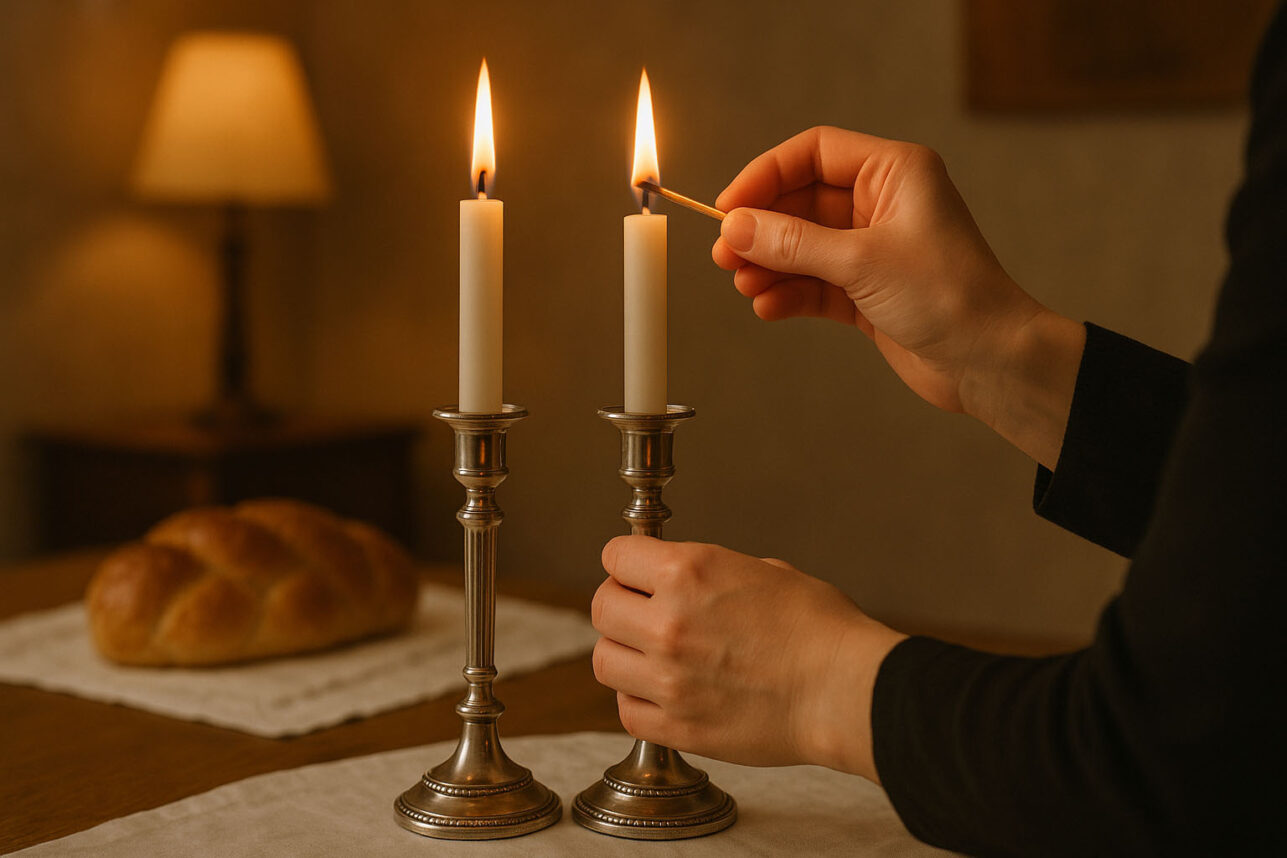
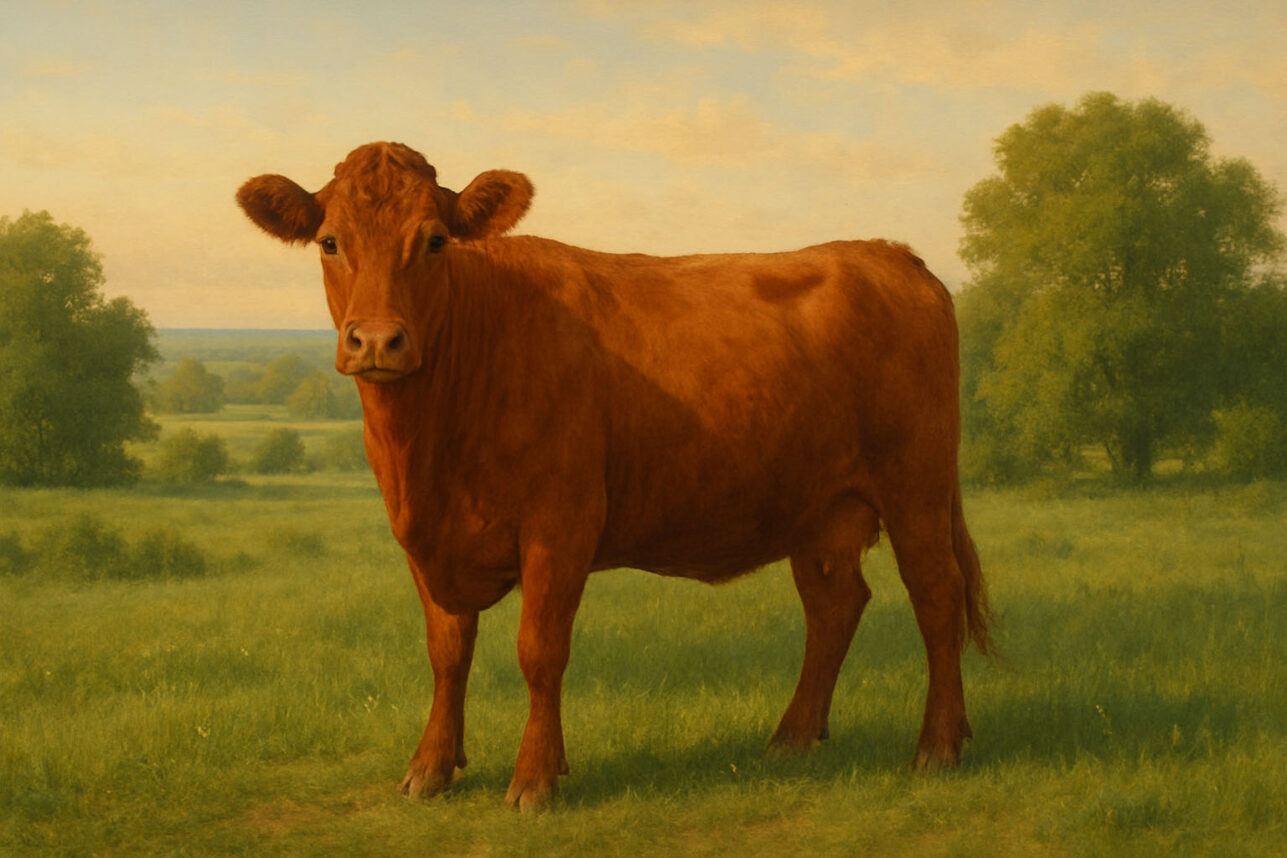

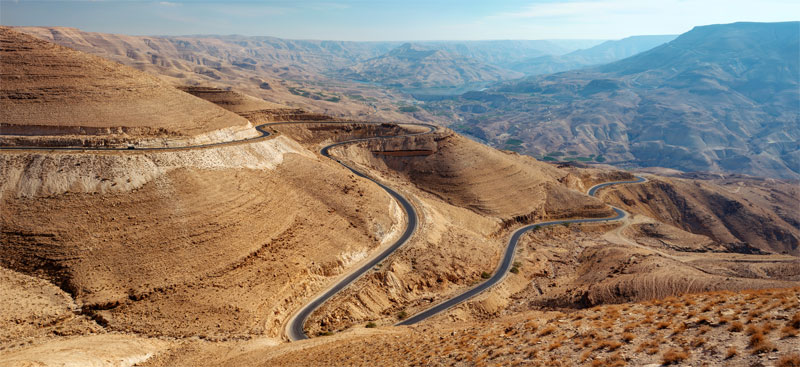








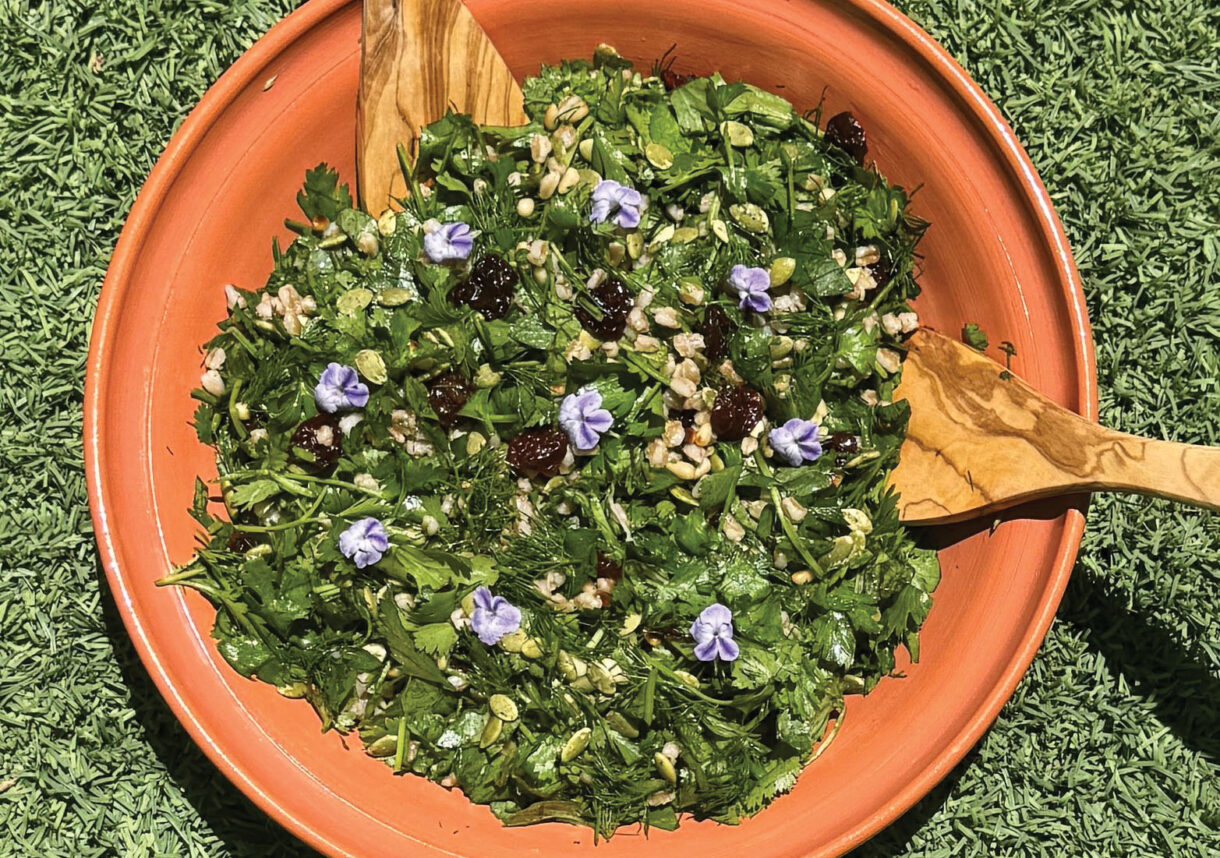
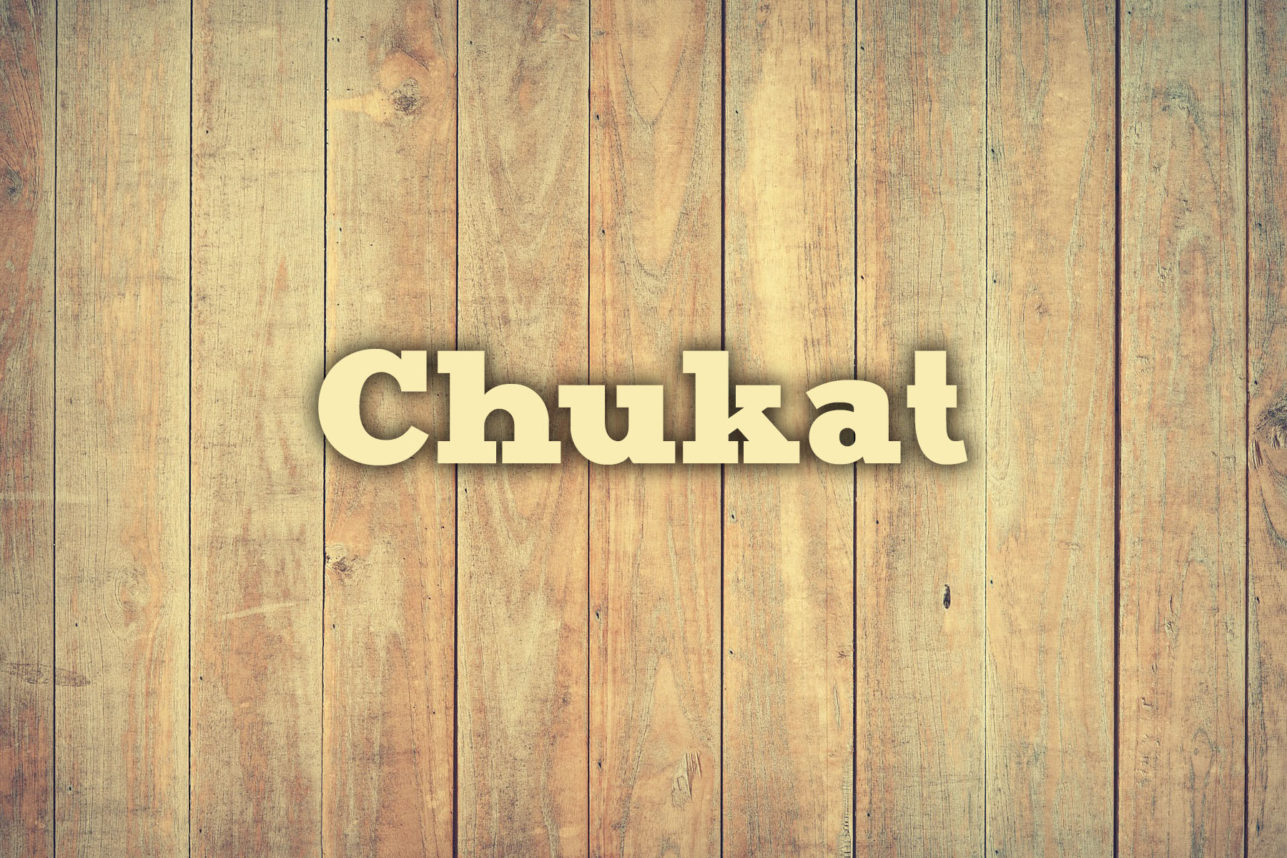

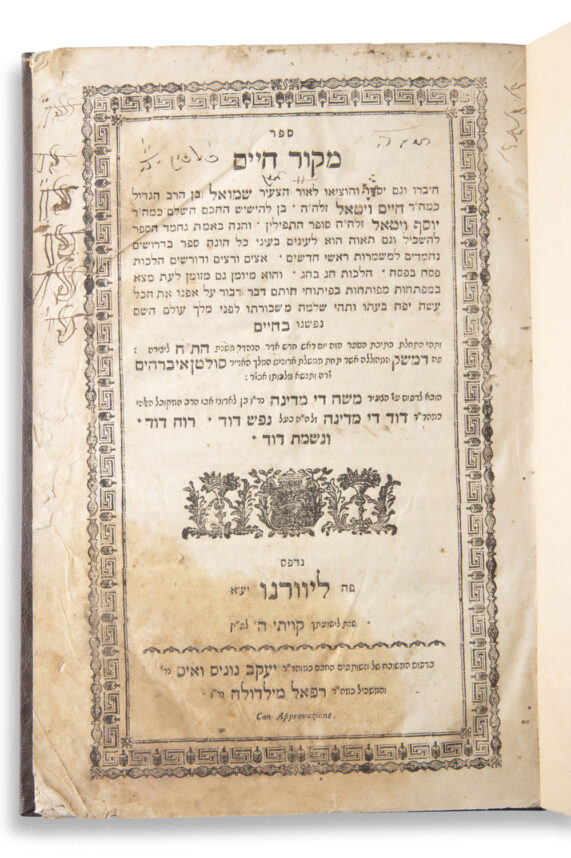


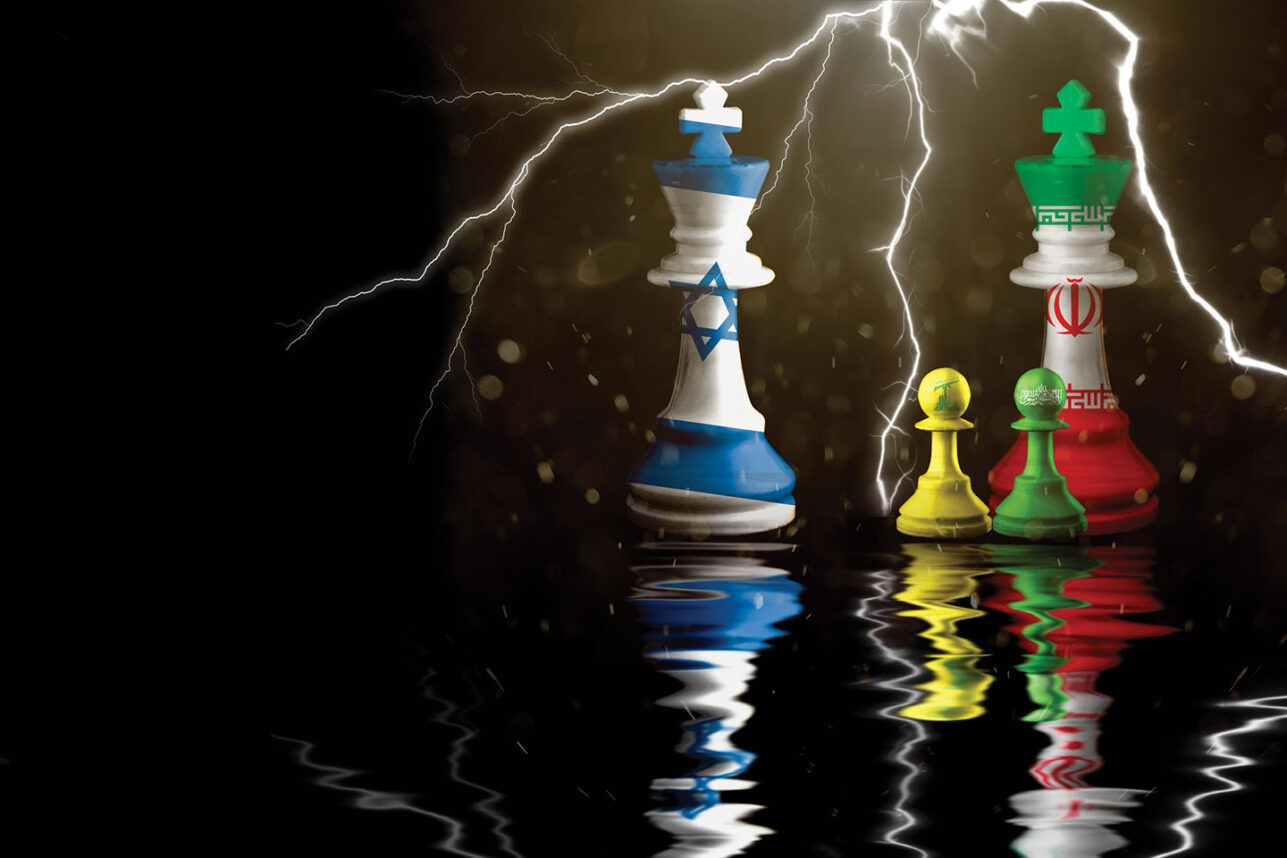

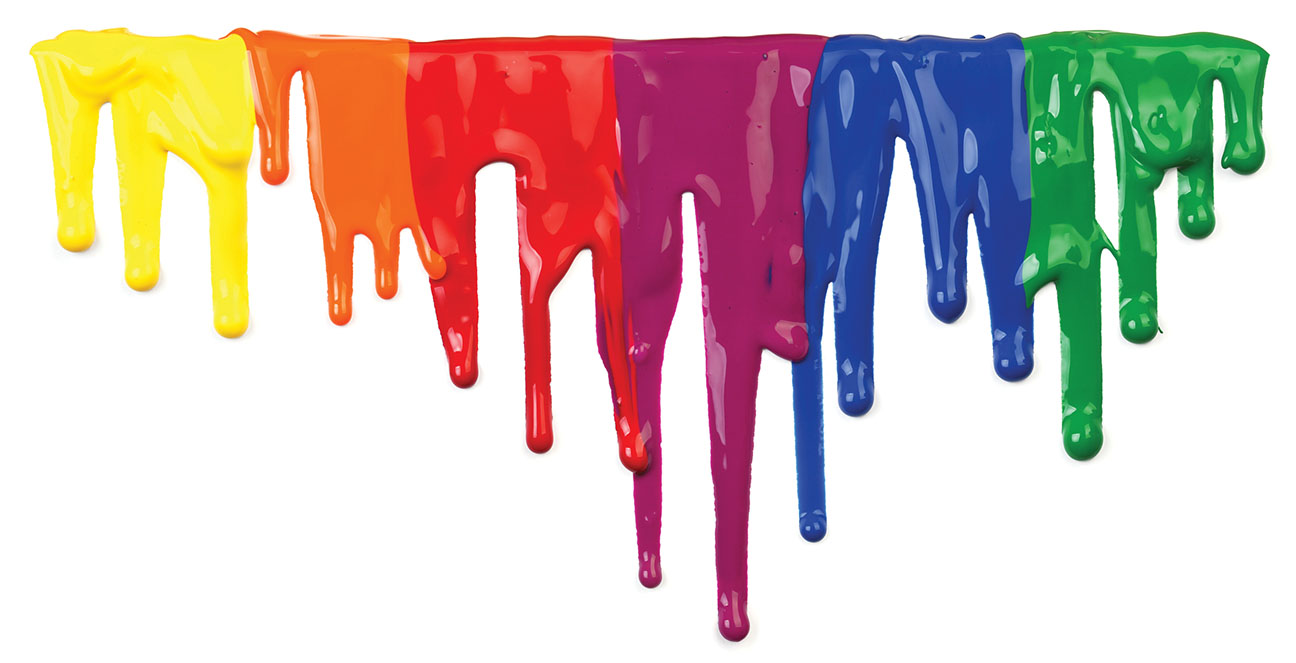

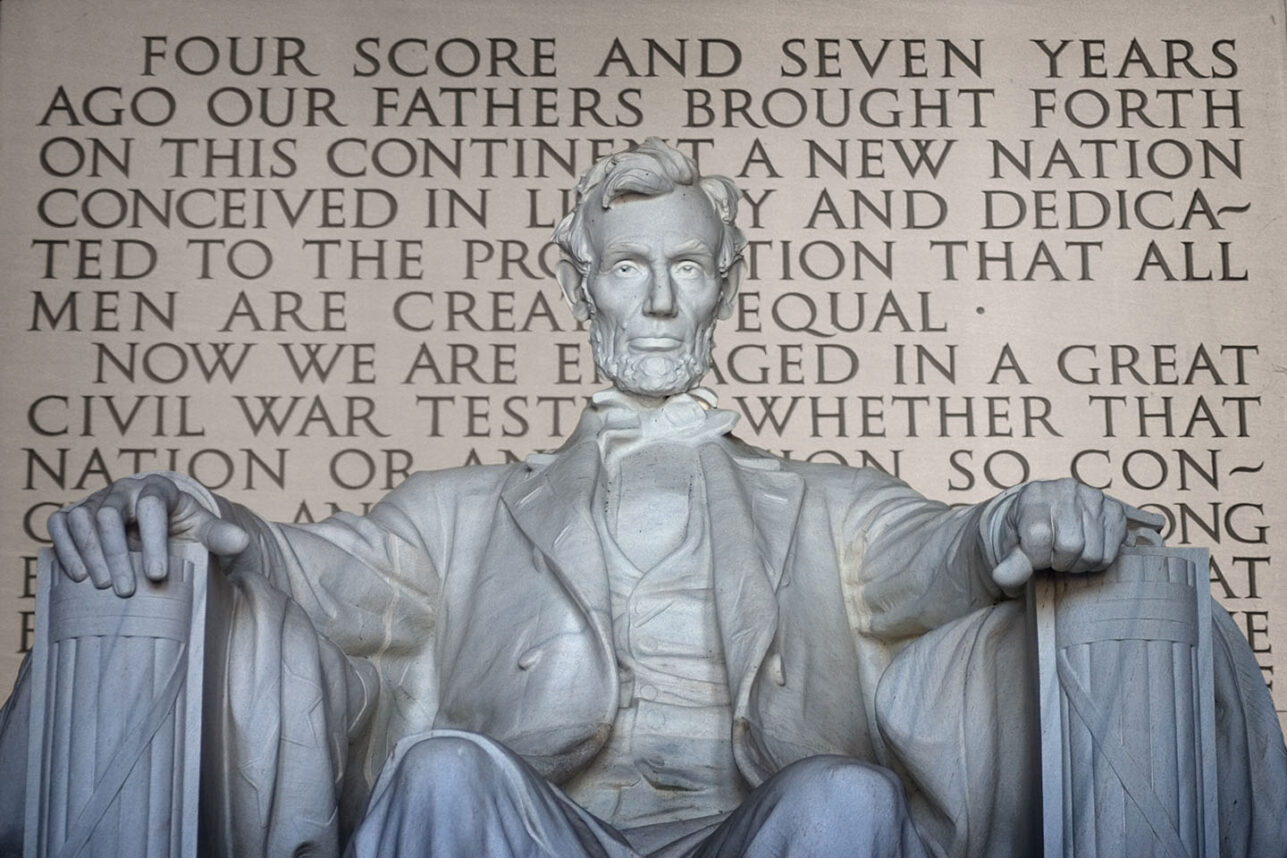

 More news and opinions than at a Shabbat dinner, right in your inbox.
More news and opinions than at a Shabbat dinner, right in your inbox.